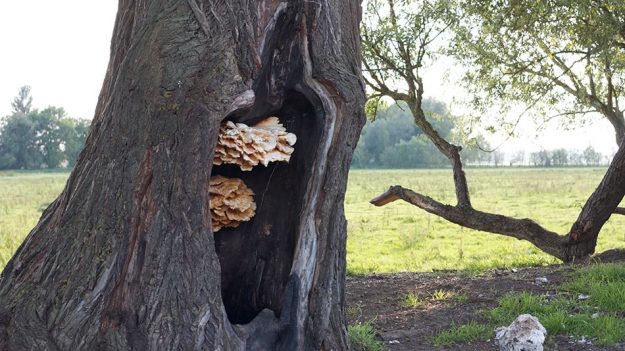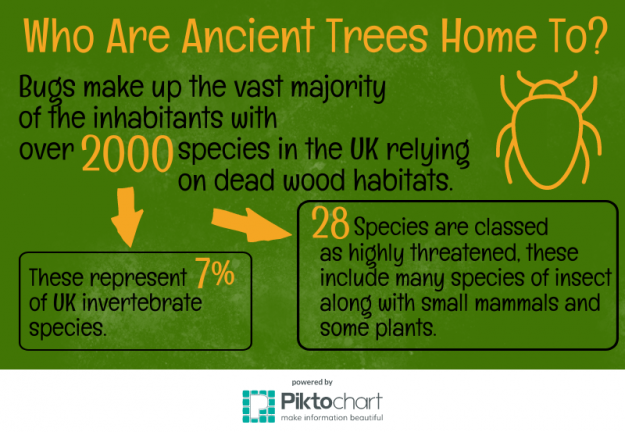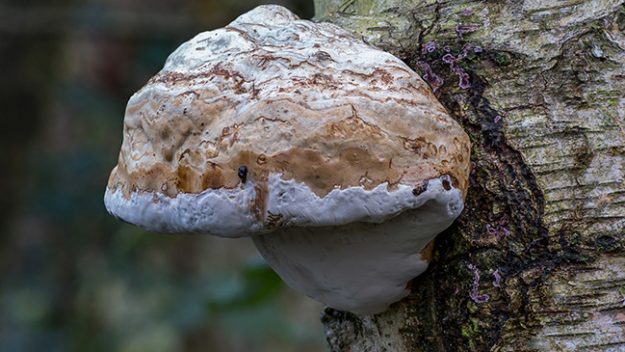Cardiff University researchers are speeding up the ageing process of trees to create a much needed habitat for wildlife.

Researchers from Cardiff University are working to speed the ageing of trees in order to generate the much needed habitat provided by hollow trunks.
Old and hollow trees are an essential part of our environment providing habitat for all kinds of wildlife from bugs to small mammals.
Over 2000 different species rely on hollowed out trees in the UK, something which can take hundreds of years to occur naturally.

Professor Lynne Boddy, from Cardiff University’s School of Biosciences, has pioneered a method of infecting 50-80 year old trees with fungus to increase the speed at which they become hollow.
Prof. Boddy spoke to Cardiff University News, “By infecting some of our younger trees with fungi, we can accelerate the ageing process and increase the numbers of hollowed trees in Britain’s forests, and help to save Britain’s most endangered species.”

The work being done in Cardiff is part of the nationwide Back From The Brink campaign, made up of more than 19 different projects aimed at saving 20 species from extinction and benefiting hundreds more.
According to the campaign, the key issue facing the wildlife that call these ancient trees home is the age gap between current ancients and young trees. Making the work being done to accelerate ageing essential to bridge the gap and provide a continuity of habitat.
Hollow trees can be more likely to fall in bad weather and are also often felled with safety concerns in mind. These and other reasons, such as disease, have contributed to the shortage that is now faced.
Bug expert Richard Jones recognised the split in views between land owners, concerned with the aesthetic and safety of hollow trees, and those seeking to preserve them as a habitat.
However, he said, “A large dead hollow tree is not just a tree at the end of its life, it is an intricate ecological web, and one that needs to be understood and protected.”
Changing public perception is an important part of the projects being done, “People think trees with rotten hearts is a bad thing, but it’s not. It’s a really good thing,” said Prof. Boddy,
“The middle of a tree is like the outside of our skin. The cells are already dead…Once a tree’s heart starts rotting, it sprouts roots inside its trunk to tap into the nutrients that the fungi release.”
